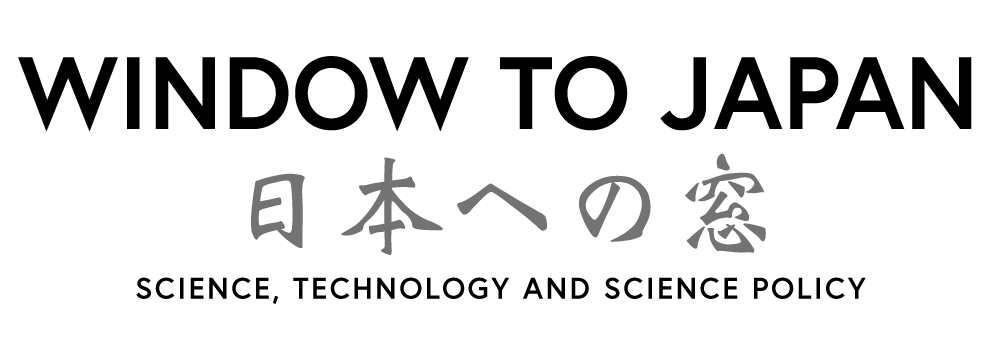Licorice is a crude drug obtained from the Glycyrrhiza family of plants. Its underground part (enlarged root and underground stem) is called licorice root. Licorice is the most widely used herbal medicine and blended up to about 70% in more than 200 kinds of oriental medicine prescription (Kanpo) used in Japan. In particular, glycyrrhizin, a triterpene glycoside accumulated in licorice, has various medicinal effects such as liver function improvement, antiinflammatory effects, is an expectorant and may heal peptic ulcer. Because its sweetness is > 150 times that of saccharose, it is used as a natural sweetener in many foods. As a non-carbohydrate sweetener, it may help to prevent the metabolic syndrome. 90% of Japanese doctors use Kampo (TCM”) for treatment, and their usage is increasing every year. However, 85% of herbal medicines used for licorice, including licorice root, are imported from China and export restrictions may occur. An inter-university team under the lead of Keiichi Mochida, RIKEN, has sequenced the genome of “ural licorice” which is high in glycyrrhizin content and is stored in Kyoto Medicinal Botanical Gardens operated by Takeda Pharmaceutical Co. Based on 379 Mb sequence (equivalent to 94.5% of the estimated genome size), the enzyme clusters involved in the biosynthesis of the medicinal ingredients were mapped and characterized.”
RIKEN news release, Octobr 25, 2016

